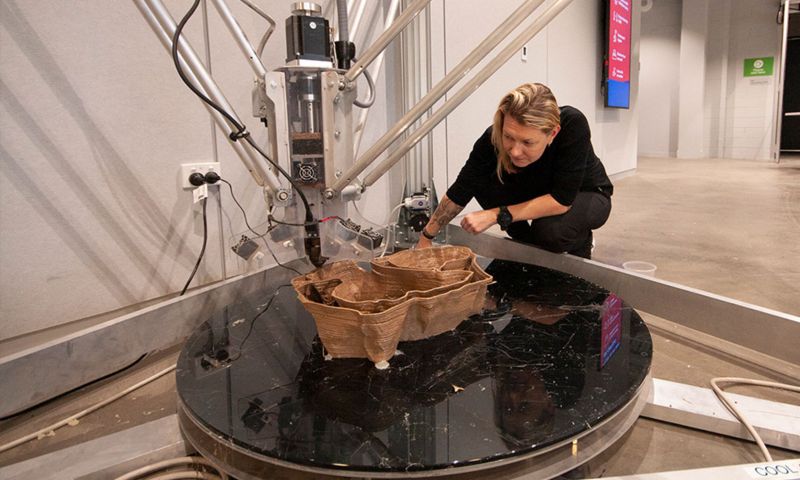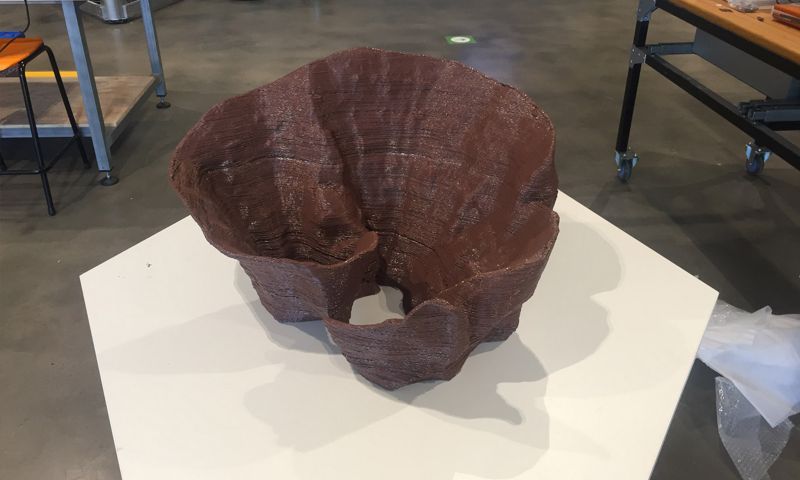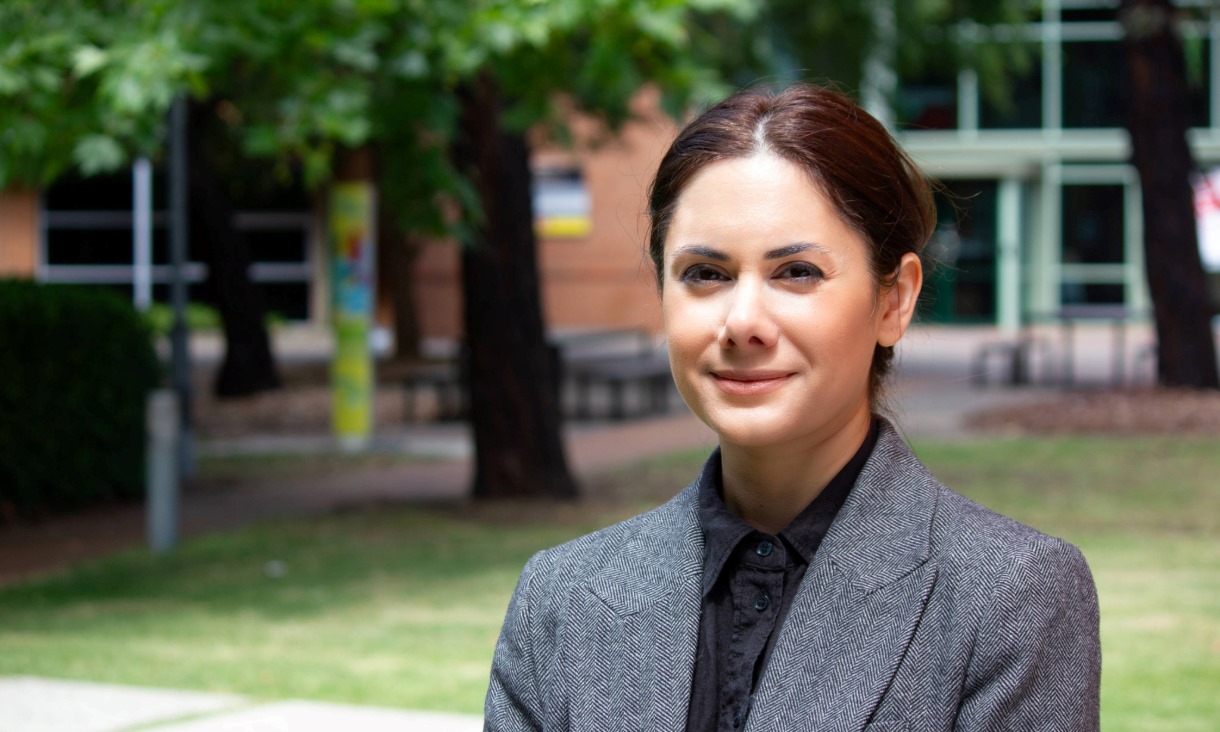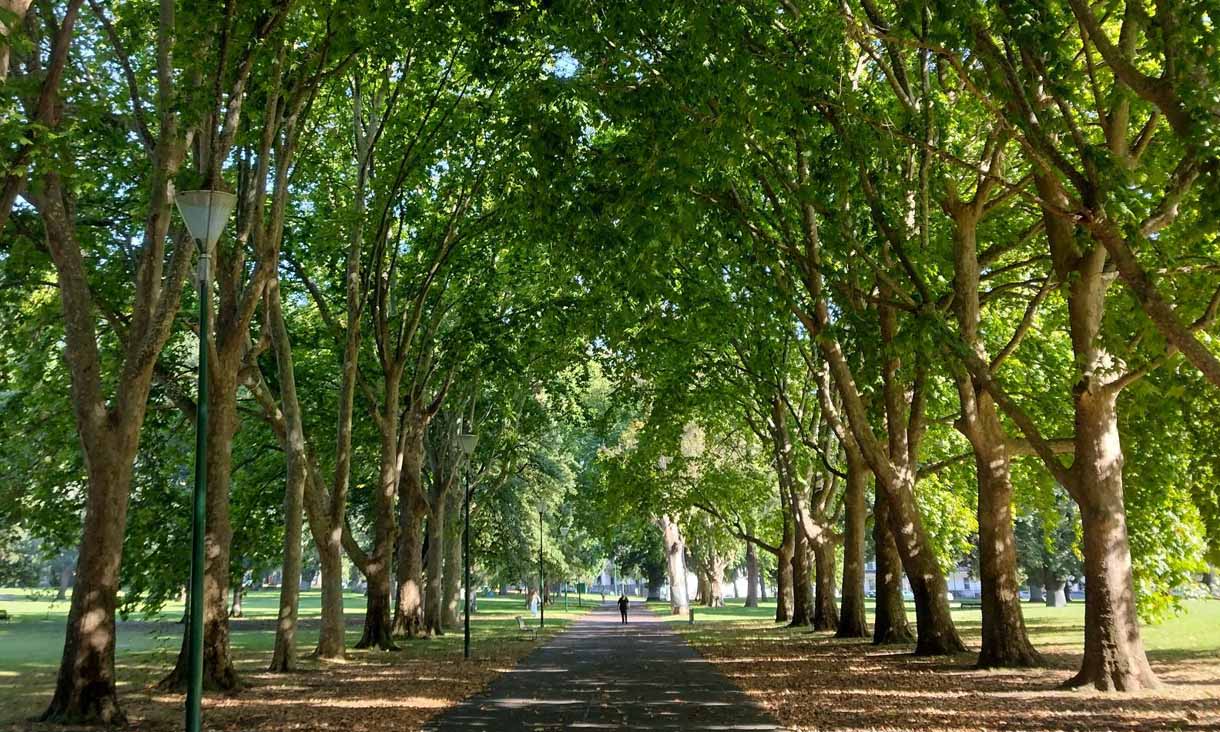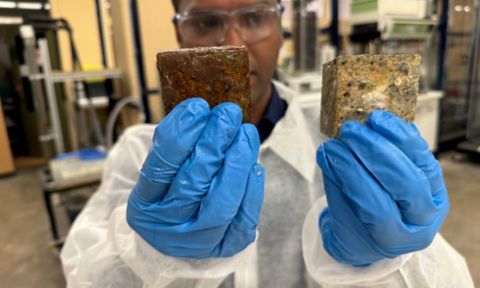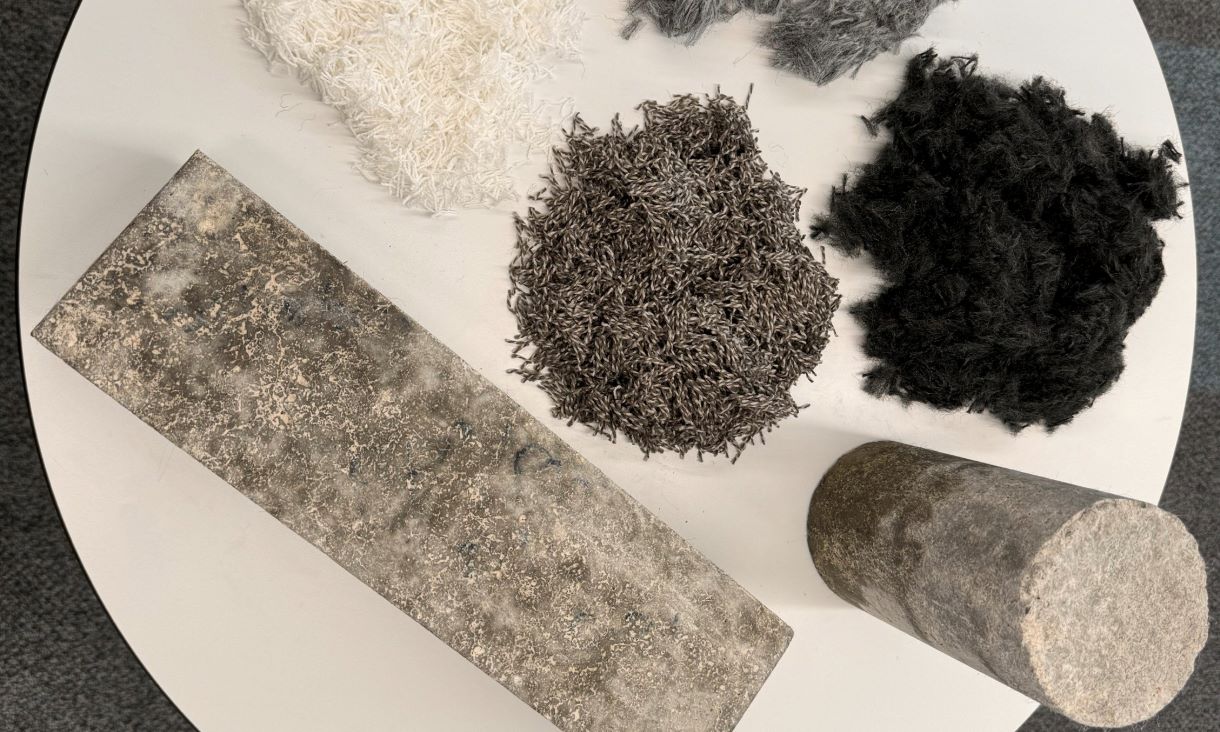Study calls for city fashion waste shakeup
With most donated clothes exported or thrown away, experts are calling for a shakeup of how we deal with the growing fashion waste issue.
Major Australian cities fail international tree canopy goals: study
New research measuring access to nature for eight major global cities, including central Melbourne and Sydney, found most have inadequate canopy cover despite access to an abundance of trees.
Anti-fatberg invention could help unclog city sewers
Engineers from RMIT University have invented a protective coating for concrete pipes that could help drastically reduce the formation of fatbergs in sewers.
Carpet fibres stop concrete cracking
Engineers in Australia have found a way to make stronger and crack-resistant concrete with scrap carpet fibres, rolling out the red carpet for sustainability in the construction sector.

